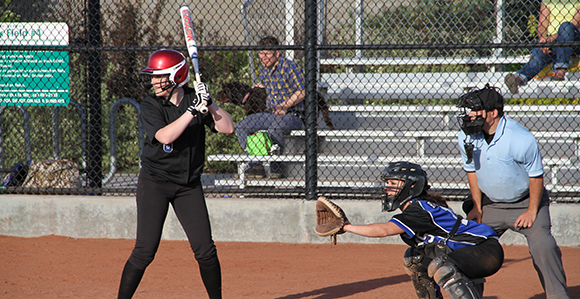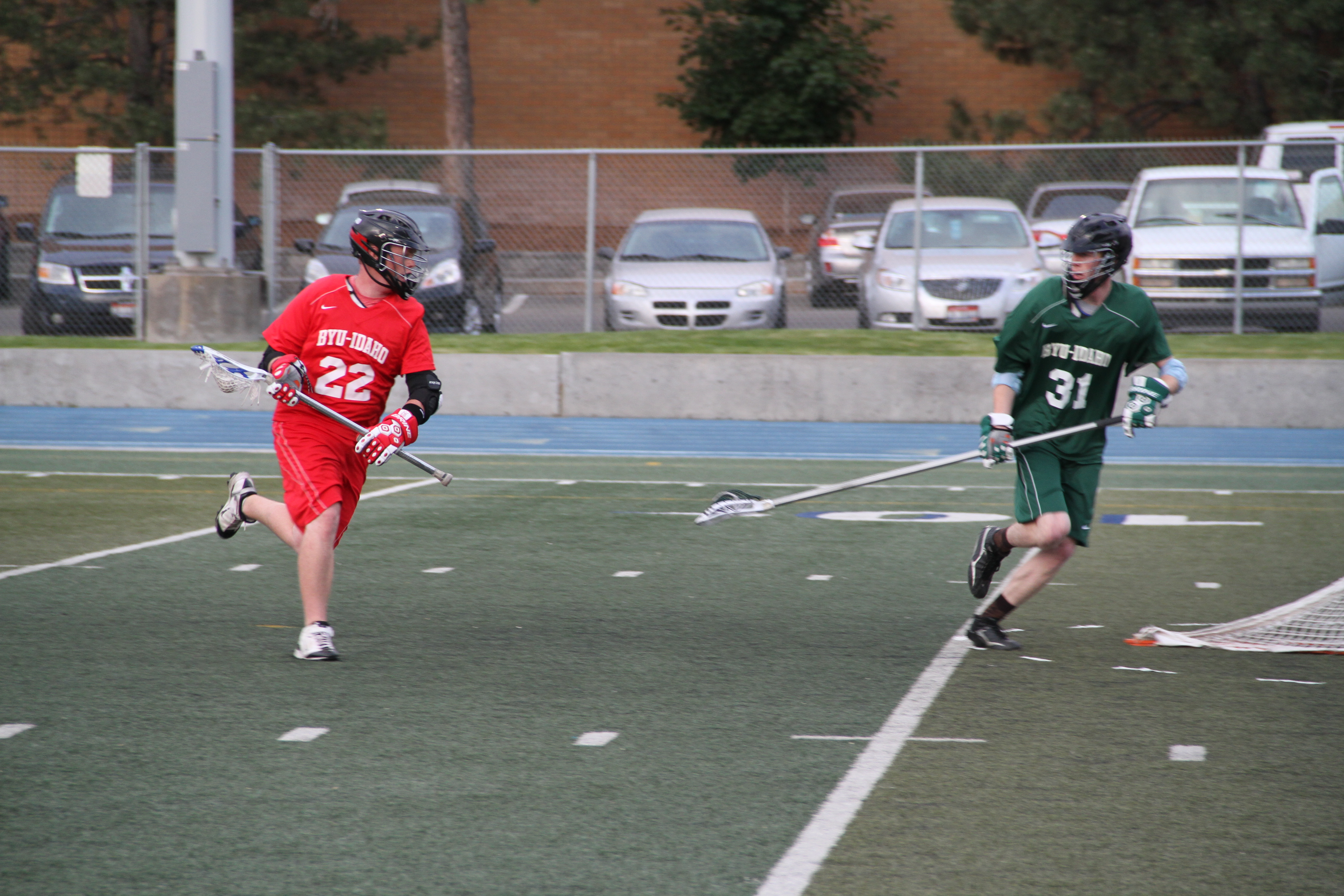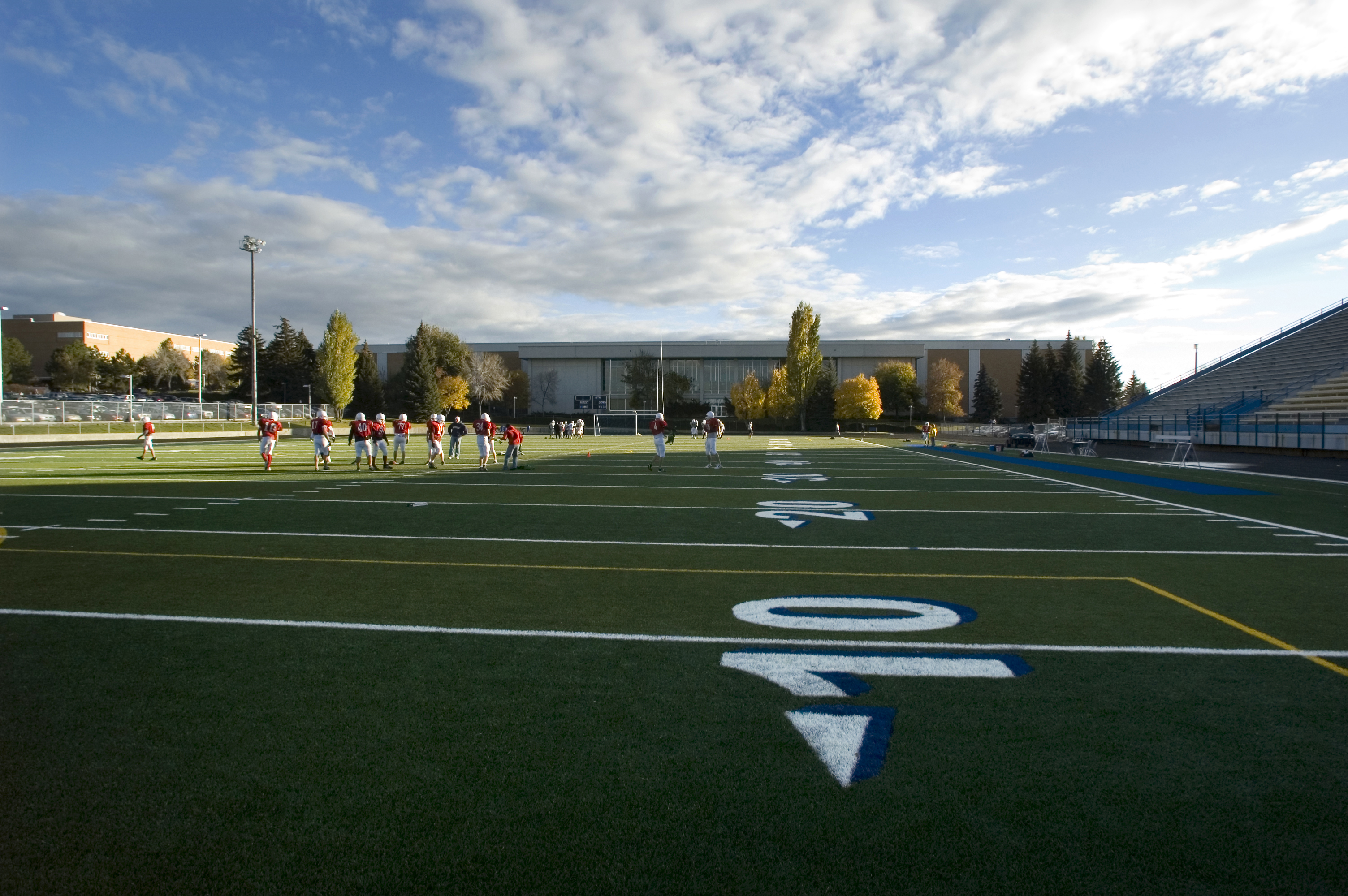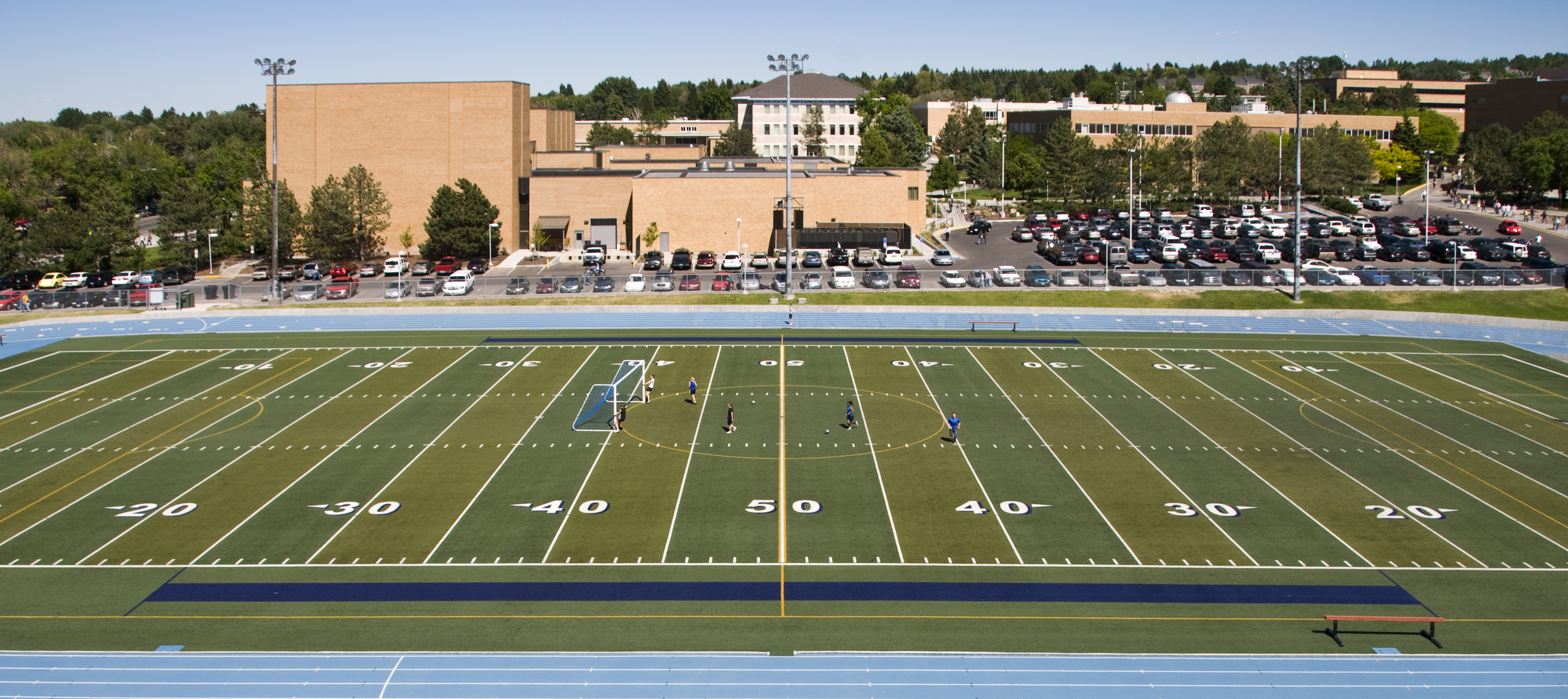Competitive Spirit Alive and Well for BYU–Idaho Sports Teams
Contributed By Jace Whatcott, Church News staff writer

Around 1,000 BYU–Idaho students participate every semester in competitive-level sports that range from basketball and soccer to water polo and wrestling.
Article Highlights
- Around 1,000 students every semester participate in competitive-level sports that range from basketball and soccer to water polo and wrestling.
- Student volunteers take charge as coordinators and coaches.
- Each league will typically have two to eight teams competing each season.
Related Links
REXBURG, IDAHO
The announcement made June 21, 2000, by President Gordon B. Hinckley to change Ricks College from a two-year college to a four-year university was met with mixed reactions.
On the one hand, a four-year university-level education would be available at a lower-than-average cost through the newly named Brigham Young University–Idaho.
On the other hand, that change would come at a cost—a cost that some faithful Vikings fans would see as extremely high because BYU–Idaho would end its involvement in intercollegiate sports.
This announcement marked the death of a storied and successful athletic program—so some thought.
As part of the restructuring of the institution, yes, the intercollegiate sports program would be brought to an end, but it wouldn’t be the end of athletics in Rexburg. Instead, as was made very clear in a press release put out by then Ricks College, the school would “shift its emphasis to a year-round activity program designed to involve and meet the needs of a diverse student body.”
Since then, the activities program, specifically the competitive sports program, has flourished and has had participants from all over the world.

Around 1,000 BYU-Idaho students participate every semester in competitive-level sports that range from basketball and soccer to water polo and wrestling. Photo by Jace Whatcott.
Around 1,000 students every semester participate in competitive-level sports that range from basketball and soccer to water polo and wrestling. Within each league, student volunteers take charge as coordinators and coaches.
Before the season starts, coordinators are responsible for recruiting coaches and organizing tryouts. Each league will typically have two to eight teams competing each season, depending on the number of students who show up for tryouts.
From the coaches to the coordinators to the directors, the entire competitive sports program is run by new sets of students attending BYU–Idaho every semester. Nate Denby, who is the competitive sports director this semester, has been part of the competitive sports program for about 18 months, having served in many different capacities.

Around 1,000 BYU-Idaho students participate every semester in competitive-level sports that range from basketball and soccer to water polo and wrestling. Photo by Ryan Chase, BYU-Idaho.
According to Brother Denby, the purpose for the competitive sports program is twofold. First, he said, “We want the students to have a team experience. We want the people to leave the programs with lasting relationships.” For some, homework, school, and work make it hard to find time for social opportunities; however, joining a competitive sports team gives students the chance to socialize a few times a week with other students who share similar interests.
The second purpose for the competitive sports program is to help students “become disciple leaders.” Brother Denby said that he hopes students will “learn life lessons through participation in the [competitive sports] program.”
Before the start of each practice, the coach is responsible for preparing a spiritual thought to share with the members of his or her team. Because games involve two teams and spectators, a spiritual thought is foregone; however, each game is started with a prayer from one of the players on the home team. This tradition helps set the stage for good sportsmanship and good-spirited competition.

Fall 2013 women soccer championship between Spartans and Vikings. Photo by Leanna Davidson, BYU-Idaho.
On a weekly basis, the competitive sports director assigns a coordinator from a women’s sport and a coordinator from a men’s sport to organize a “game of the week.” A game of the week is a game that is between two of the top teams in that particular league, and it is advertised around campus the week of the game in order to boost attendance and support for the program.
“The game of the week is a chance for our players to compete in front of a big crowd as well as play for their friends and families back home,” said Talmage Johnson, who is the coordinator for the men’s lacrosse league. “All games of the week are recorded and then streamed later for anyone to enjoy online.”
In addition to the coverage that the “student athletes” get on film, Scroll, the university’s student-run newspaper, furthers the exposure of the athletes by interviewing them and writing about their successes on the field or on the court.
Despite the baseball program’s removal from the competitive sports program just less than two years ago, Jeff Lloyd, the baseball program’s last coordinator, still remembers the experiences he had participating in the league as a coordinator, coach, and player. Brother Lloyd, having previously played college baseball at Modesto Junior College in Modesto, California, before attending BYU–Idaho, felt that the caliber of some of the talent that was present from season to season was worthy of collegiate athletics.

Around 1,000 BYU-Idaho students participate every semester in competitive-level sports that range from basketball and soccer to water polo and wrestling. Photo by Michael Lewis.
“I can’t speak about any level higher than junior college, since that is as high as I ever played,” he said. “[But] out of the six teams that were filled each semester, there were probably about 25–30 students that could have played at the junior college level.”
With those 25–30 students, and with the help from all of the coaches in the league, Brother Lloyd organized an “All Star Weekend.” Two teams were made up of the most-talented players, and the teams played a game, a game that was preceded by a home run derby.

Around 1,000 BYU-Idaho students participate every semester in competitive-level sports that range from basketball and soccer to water polo and wrestling. Photo by Michael Lewis, Brigham Young University-Idaho.
Ally Colyar, a freshman studying exercise physiology, has no complaints about the competitive softball league, whether it be concerning the organization or the level of competition. Having played previously at the collegiate level, she said, “It is a great atmosphere where you can be both competitive but also friends with the other team.”
With all of the organization and participation that goes into creating a successful athletics program, it can be said that, at BYU–Idaho, the spirit of competition is alive and well.
